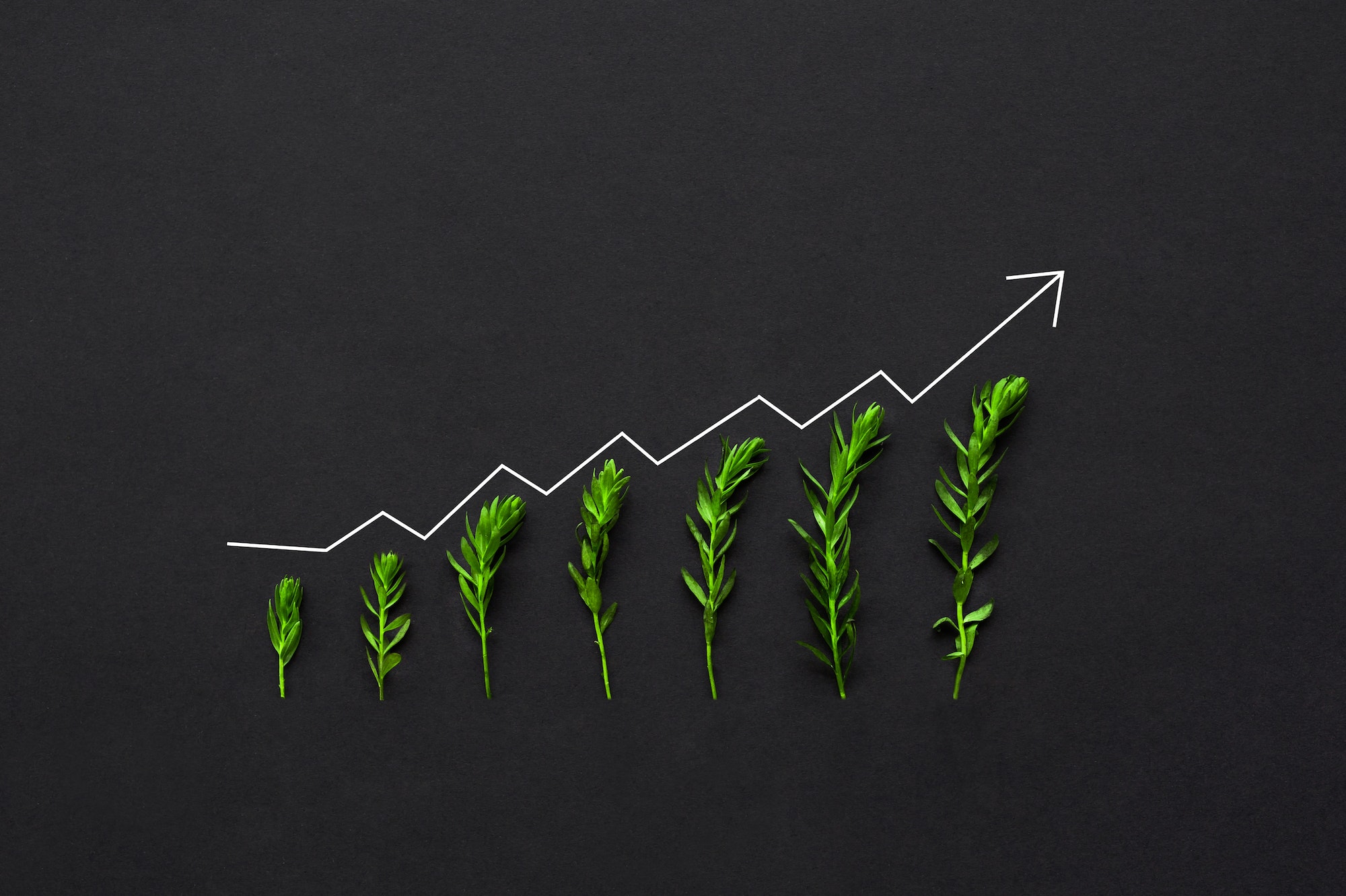Algae have been recognized as a promising feedstock for the production of biofuels, bioproducts, and other valuable products due to their high photosynthetic efficiency, rapid growth rate, and ability to grow on non-arable land with minimal freshwater input. Despite these advantages, large-scale commercialization of algae-based products remains a challenge due to several barriers, one of which is the harvesting process.
Traditional methods of harvesting algae include centrifugation, filtration, and flocculation. However, these techniques often require high energy input and can be expensive to scale up. As such, there is a growing need for innovative harvesting techniques that are cost-effective and energy-efficient while maintaining the integrity of the harvested biomass.
Recent advances in algae harvesting technologies have shown great potential for addressing these challenges. Among these are electrocoagulation, ultrasonic separation, and forward osmosis. These innovative techniques offer various benefits compared to traditional methods, such as reduced energy consumption, lower operational costs, and improved biomass quality.
Electrocoagulation involves the use of an electric current to coagulate suspended particles in the cultivation medium. This causes the particles to aggregate and settle out of the suspension, allowing for easy separation from the liquid phase. Electrocoagulation has been demonstrated as an effective method for harvesting microalgae while maintaining high biomass recovery rates. Additionally, it has been shown to be more energy-efficient than conventional methods like centrifugation.
Ultrasonic separation is another emerging technology in algae harvesting. It utilizes high-frequency sound waves to create pressure differences in the culture medium, causing algal cells to aggregate and separate from the liquid phase. This technique has been found to be highly efficient in concentrating microalgal biomass while preserving its biochemical composition. Ultrasonic separation also requires less energy input compared to traditional methods like centrifugation and filtration.
Forward osmosis is a membrane-based separation technology that uses a semi-permeable membrane to separate algal biomass from the culture medium. The process relies on the osmotic pressure difference between the feed solution and a draw solution to drive water across the membrane, leaving behind a concentrated algal suspension. Forward osmosis has been shown to be an effective method for harvesting microalgae with minimal energy consumption and operational costs.
While these novel harvesting technologies offer promising prospects for large-scale commercial applications, several challenges still need to be addressed. Firstly, scaling up these techniques from laboratory to industrial scale requires further optimization of process parameters and equipment design. Additionally, the development of robust and durable materials for electrocoagulation electrodes, ultrasonic transducers, and forward osmosis membranes is crucial for ensuring long-term performance in harsh operating conditions.
Moreover, integrating these innovative harvesting methods with existing cultivation systems can pose technical challenges. For instance, high salt concentrations in some cultivation media may affect the efficiency of electrocoagulation and forward osmosis processes. Similarly, the presence of dissolved gases and other impurities in the culture medium may interfere with ultrasonic separation.
Lastly, the environmental impact of scaling up these harvesting techniques needs to be carefully assessed. For example, the disposal of coagulants used in electrocoagulation and draw solutions used in forward osmosis may pose environmental risks if not managed properly. Similarly, energy consumption and greenhouse gas emissions associated with operating and maintaining these systems should be minimized to ensure the sustainability of algae-based production processes.
In conclusion, innovative algae harvesting techniques such as electrocoagulation, ultrasonic separation, and forward osmosis offer promising prospects for commercial applications by addressing key challenges associated with traditional methods. However, further research and development efforts are required to optimize these technologies and address potential environmental concerns. As these technologies continue to mature, they have the potential to revolutionize algae harvesting methods and pave the way for large-scale commercialization of algae-based products.

